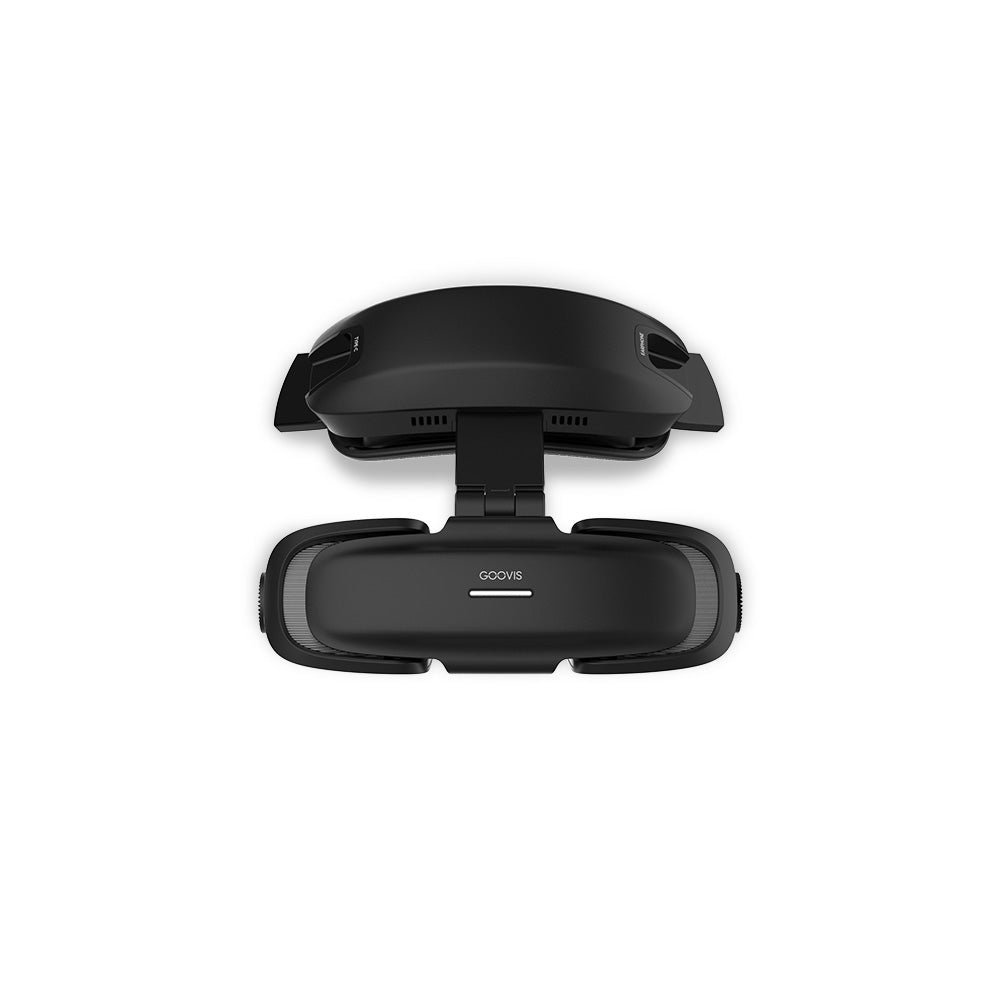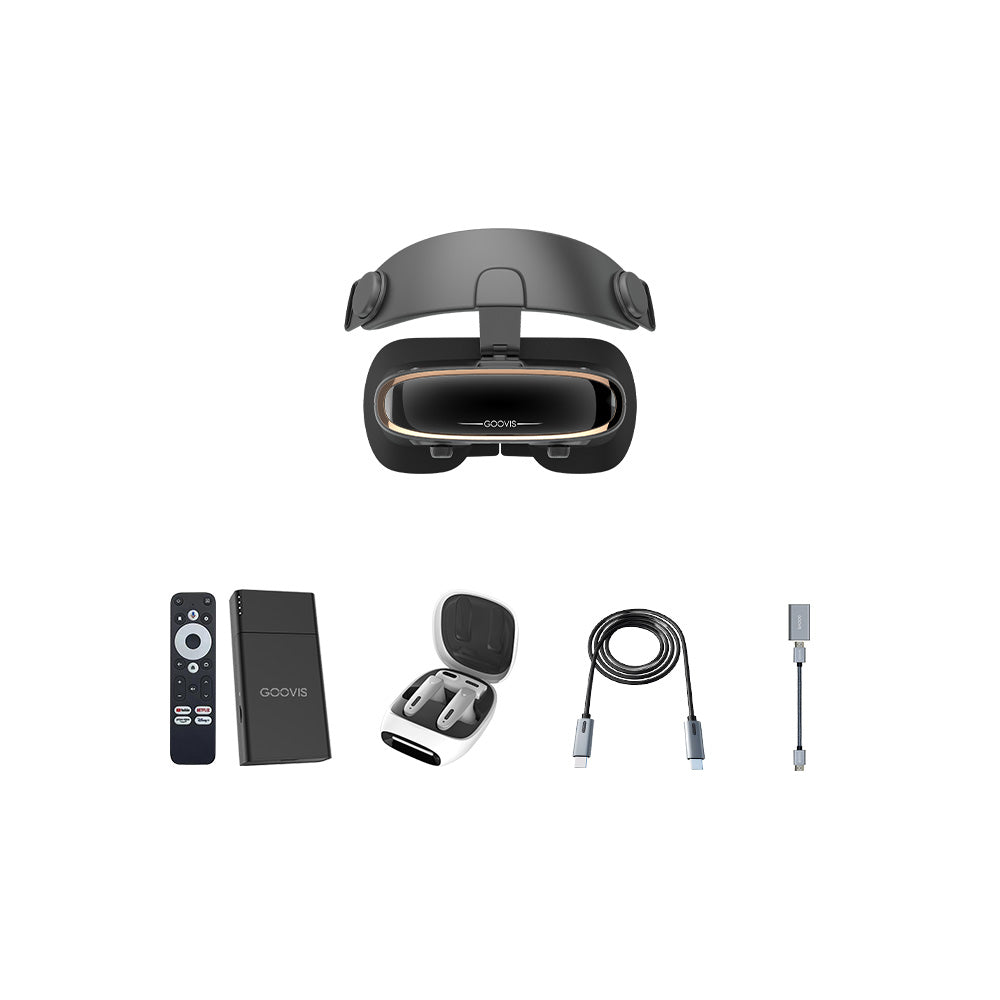VR vs AR vs MR: What’s the Difference—and Is There More Beyond?
Immersive technologies are reshaping how people connect with information, environments, and each other. You've likely heard the terms Virtual Reality (VR), Augmented Reality (AR), and Mixed Reality (MR). While often grouped, they represent fundamentally different ways of experiencing the digital world.
Don’t worry! Today, we will clearly define each technology’s unique characteristics and reveal how they interact with our physical environment. More excitingly, we’ll explore the newest concepts extending beyond this popular trio, showing you what comes next in the ultimate merging of the real and the virtual. Keep reading!
Understanding VR vs AR vs MR
Virtual Reality (VR)
Virtual Reality constructs a fully immersive digital environment that replaces the user’s physical surroundings. The key feature of VR is its ability to completely block out the real world, transporting the individual into a computer-generated universe.
Interaction within this digital space often involves specialized controllers or various tracking technologies, such as motion and spatial tracking, allowing users to manipulate virtual objects and navigate the environment as if they were physically present.
VR is most commonly used for immersive gaming, where players can feel a deep sense of presence inside a game world. It is also a powerful tool for training simulations, such as for pilots or surgeons, and for creating virtual tours that allow people to explore locations they cannot physically visit.
Augmented Reality (AR)
Augmented Reality adds digital layers to the physical world instead of replacing it. The digital elements are displayed in your field of vision but do not interact with the physical environment in a truly dynamic way.
Modern AR often takes the form of lightweight, glasses-style devices where digital content is overlaid onto the lenses or information is projected onto them. There are two main types of AR glasses today:
-
Birdbath AR glasses: the most common type of AR glasses you’ll see today. They usually look like sunglasses, with a simple design that keeps costs lower. This makes them relatively affordable while still showing virtual images with decent clarity in the center of your view. However, this design also comes with some well-known issues, such as limited transparency, a narrow field of view constrained by the glasses form factor, fixed lens spacing (IPD) that may not fit everyone’s eyes, a lack of adjustment for users with vision conditions, and even heat buildup during longer use.
-
Waveguide AR glasses: look much closer to regular eyeglasses, with transparent lenses that keep the real-world view clear and natural. The design is light and comfortable, but the technology is still not very mature—current products often have limited brightness, a field of view that is even narrower than Birdbath AR glasses, short battery life, noticeable heat buildup, higher costs, and fairly basic image quality.
Mixed Reality (MR)
Mixed Reality represents a more advanced hybrid that blends digital and physical worlds. It is more advanced than AR because the digital objects are not merely overlaid onto the real world; they are anchored to it and can react to it. For example, a digital character in an MR experience can hide behind a real-world object, or a virtual ball can bounce off your actual floor.
VR vs AR vs MR: Key Differences
Immersion Level
Virtual reality delivers full immersion, transporting users into an entirely digital environment. Augmented reality provides a partial overlay, keeping the real world visible while adding extra information. Mixed reality takes this further with interactive integration, where digital and physical elements coexist and influence each other.
User Interaction
In VR, interaction can take many forms, including handheld controllers, hand tracking, head tracking, positional tracking, and even eye tracking, allowing users to engage with virtual environments in different ways.
AR interactions vary depending on the device: besides touchscreen controls on smartphones and tablets, AR glasses may also support hand gestures, voice commands, or gaze-based inputs.
MR builds on these methods by combining multiple input options, enabling users to manipulate holographic objects and digital elements in ways that feel more seamlessly integrated with the real world.
Application Trends
VR has seen massive adoption in gaming and education. AR has the widest consumer reach, dominating marketing and retail. MR is primarily focused on enterprise and industrial applications due to its high cost and technical complexity.
Is There More Beyond VR, AR, and MR?
XR, or extended reality, is often used as an umbrella term to describe the full spectrum of immersive technologies, including VR, AR, and MR. Within this broader scope, head-mounted displays (HMDs) stand out as another category.
While the market tends to narrow HMDs to head-worn screens, they represent a wider range of devices designed to provide cinematic, high-definition viewing and immersive experiences that do not strictly fall under VR, AR, or MR.
Expanding Experiences with GOOVIS
GOOVIS brings head-mounted displays that redefine how users enjoy digital content. At the core of our approach is a simple principle: clarity comes first. While many devices focus on flashy features or chasing trends, GOOVIS treats an XR headset first and foremost as a display—where delivering sharp, distortion-free visuals is the foundation of every experience. Guided by this philosophy, we provide a more practical and effective path forward: headsets that balance image quality, comfort, and usability, allowing users to truly enjoy what they watch.
GOOVIS G3 Max is built for those who pursue the ultimate in cinematic immersion. Featuring dual 2.5K Micro-OLED displays and exclusive ASPH optics, it recreates the feeling of sitting in the best seat of a cinema, delivering consistent sharpness across the entire screen. With support for Blu-ray 3D and SBS 3D, scenes gain stunning depth and realism. Together with built-in diopter and IPD adjustment and an ergonomic design for long-wear comfort, G3 Max delivers a private cinematic experience once thought possible only in the IMAX theater.






